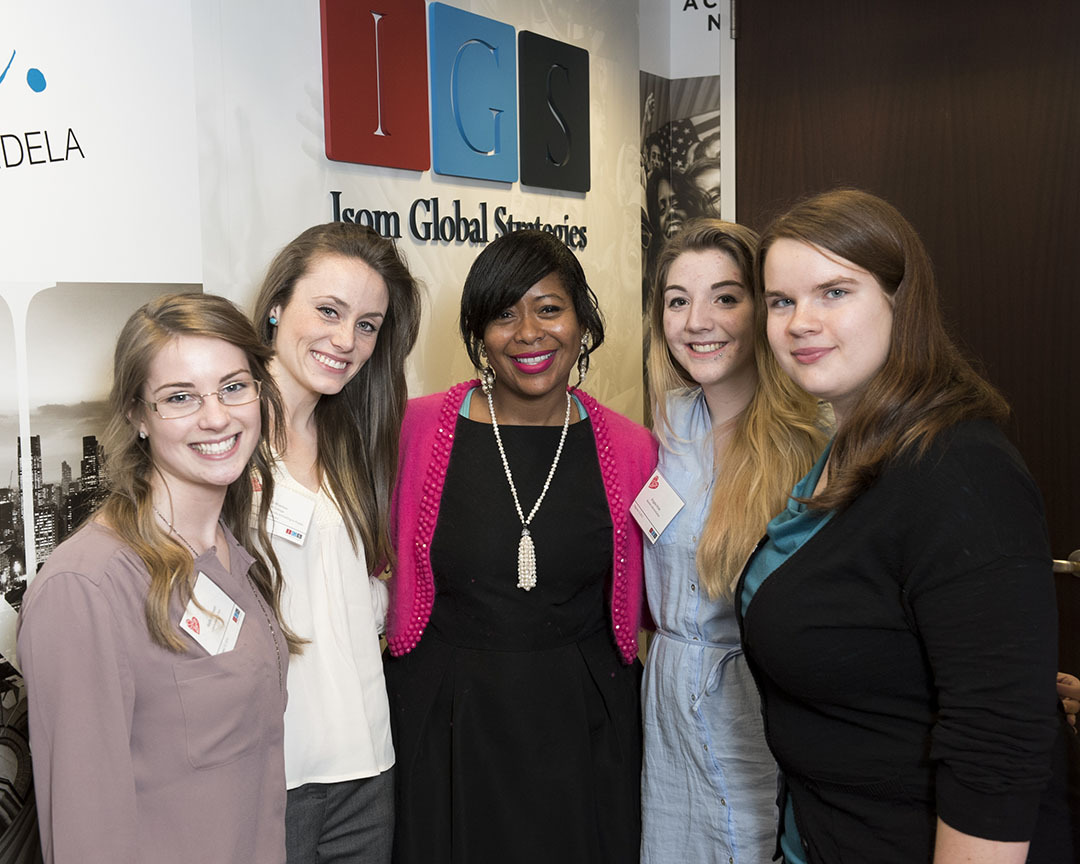I suppose the transition from one profession to another will always be a difficult one, but I can't think of any professional journey more jarring than the one I'm currently experiencing. Wasn't too long ago that I was a journalist, a television reporter operating on the "user" end of the news spectrum; culling information from various sources and feeding it to the people on the other end of the television set. Now, however, I work on the "supplier" side of the news spectrum – as a public relations professional and government contractor, a 180 degree shift from my former life – attracting news reporters to the kinds of stories that will ultimately benefit the organizations I represent.
In other words, my current self is now in the business of recruiting my former self to pay attention to the information that my current self has to offer.
Got it?
That’s not intended to be a joke, by the way. In fact, it's what I'd call a pretty fair representation of what I'm experiencing right now, as I currently operate on the literal opposite side of my old profession – sort of like a man staring at himself from the other side of a window. After several months working at Isom Global Strategies, I can see now – clearer, better – how public relations professionals connect and work with the media (as opposed to what I used to see, which was only how the media connect and work with public relations professionals). The game between the two is a simple yet (in this age of Google and Twitter and Millennials drinking lattes while both Googling and Twittering) increasingly difficult one to play: each side is always trying to find a way to get the other to talk about what they want to talk about. The PR folks want the attention, sure, but only if it applies to their wares. And the media certainly wants the access that the PR folks supply, yeah, but only if it concerns a topic in which the media is interested.
And round and round they go. Every day. Every way. And always on deadline.
Mind you, this isn't a combative-type relationship (although, at times, it can be), rather it's one of mutual benefit (when played the correct way, of course). After all, the PR folks need to get their message out to the public, and the media can only do that (oftentimes) with the access the PR folks can supply. Having said that, below you'll find three currently "buzzworthy" topics in the PR world followed by a rebuttal from my former reporter self:
- Metrics. I recently attended an event sponsored by the Public Relations Society of America entitled "How to Leverage Tomorrow's News Today & Reach Communications Goals" in which one of the speakers stated that metrics was the number one tool she uses to get the attention of the media. By being able to show, numerically, how a product affects people (good or bad), you’ve immediately given them a starting point for their story. Numbers play well, the speaker said, as they give an immediate and palpable perspective to any issue.
New PR professional says: I'll have to keep that in mind; numbers, numerals, percentages.
Old news reporter says: This was always the best way to get my attention. - Outreach Methods. Twitter is big now – did you know that? Bet you did. But did you also know that Twitter is the best way to reach news reporters? So says Ms. Linda Rozett, VP of Communications at the American Petroleum Institute (who, by the way, was a speaker at the aforementioned PRSA event). You want a reporter – tweet 'em. You want everybody else – facebook 'em. Bonus: Ms. Rozett also said that mothers are flocking to Twitter to keep up with their kids – which means Twitter is also a great place to reach that specific market.
New PR professional says: There's always a way to reach someone, you just gotta figure out how.
Old news reporter says: What's Twitter? (But seriously, younger news reporters know Twitter – so you should, too). - Topic Control. All three speakers at the aforementioned PRSA event agreed: it's hard to get the media to talk about what you want to talk about. Therefore, you have to pitch your story as an aspect – a natural, organic portion – of what they want to talk about. For instance, let's say the media wants to talk to AAA about dangerous local roads due to inclement weather … but AAA only wants to talk about a new local study that shows a marked reduction in recent car accidents involving elderly drivers. What does a PR professional do? Well, one way to solve the problem is to pitch a story that accomplishes both goals – something like, "Sure, our local roads may not be much to look at now, but over the past year they've been far safer for local seniors than at any time in recent memory." Of course, this is just an idea – you get the point, right? Give and take. Give and take. This is how it works.
New PR professional says: I'm totally going to try that technique next time.
Old news reporter says: I'm totally going to watch out for that technique next time.
The media will always come looking for you when you've got a story they want – I mean, the President will never lack for reporters covering his every move – but how do you get them to call you when you don't have the goods? If you're me, that's when you look through that window, on the other side of the glass, and ask your other self what it would take to pick up the phone and call.
Or tweet.

